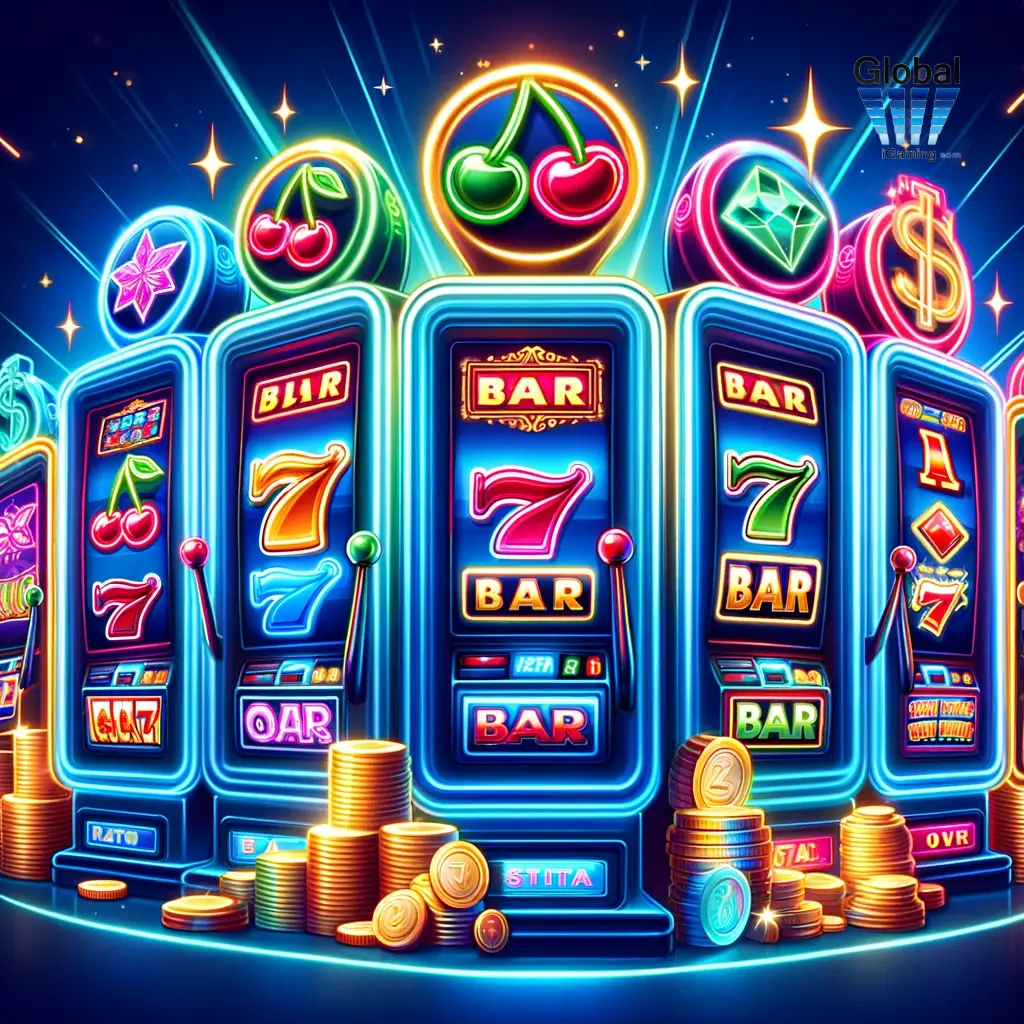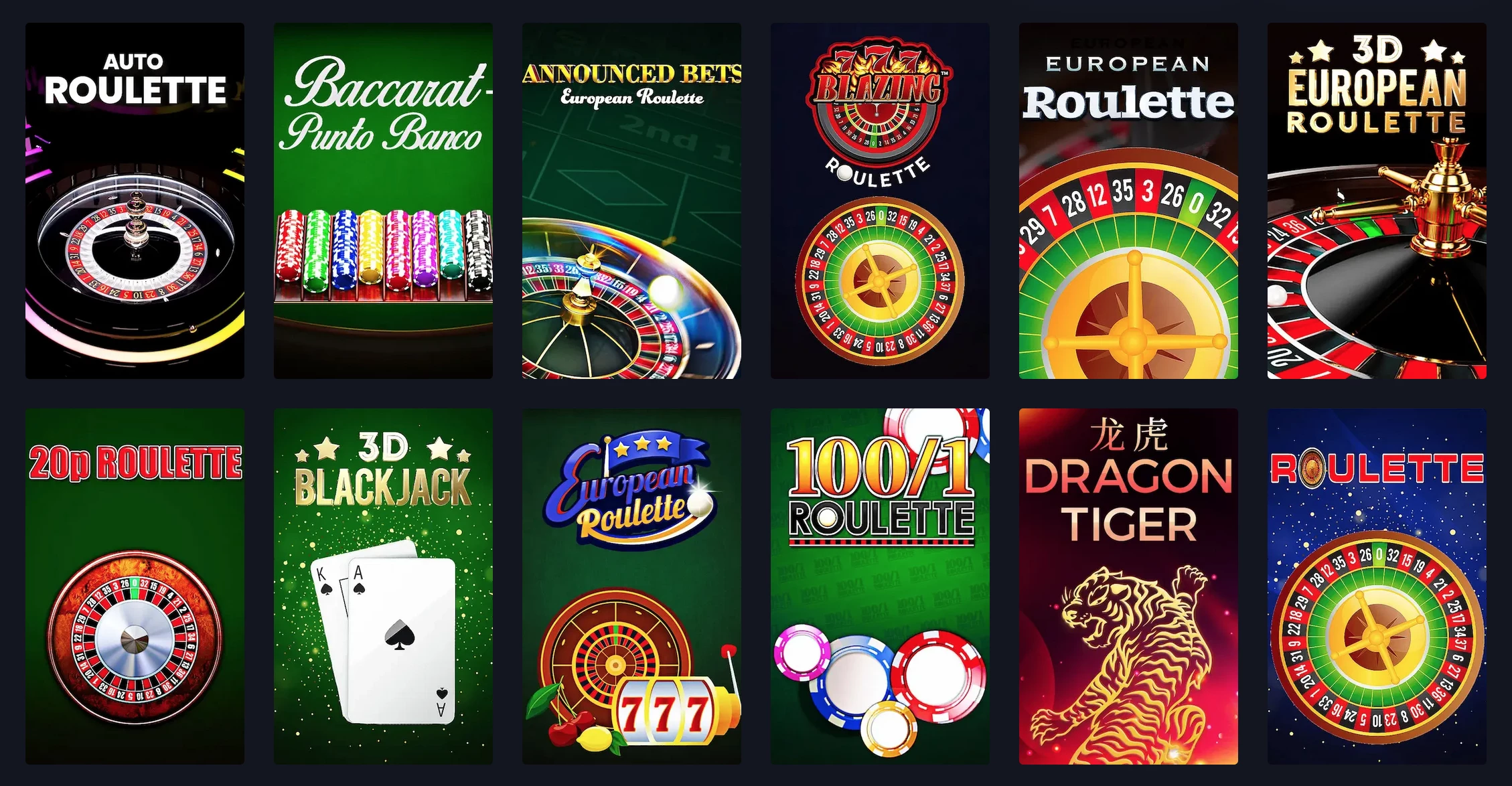Cacino.co.uk Web page Contents
- Introduction
- What is Take Profit in Trading and How Does it Work?
- Understanding the Benefits of Take Profit in Trading
- How to Set Up a Take Profit Strategy for Maximum Profits
- Analyzing the Risks of Take Profit in Trading
- Exploring Different Types of Take Profit Strategies
- Tips for Making the Most of Your Take Profit Strategy
- The Pros and Cons of Using Take Profit in Trading
- What to Consider When Choosing a Take Profit Strategy
- How to Manage Your Take Profit Strategy for Maximum Returns
- Common Mistakes to Avoid When Using Take Profit in Trading
- Analyzing the Impact of Market Volatility on Your Take Profit Strategy
- Exploring the Latest Trends in Take Profit Strategies
- Q&A
- Conclusion
“Take Profit with Trading Guide: Maximize Your Returns with TopSlotSite.com Investors Chronicle!”
Introduction
Welcome to the Take Profit in Trading Guide from TopSlotSite.com Investors Chronicle! This guide is designed to help you perceive the idea of take revenue in buying and selling and the way it can be used to maximise your income. We'll focus on the several types of take revenue orders- the way to set them up, and the benefits and downsides of utilizing them. We will even present some tips about the way to use take revenue orders successfully. By the top of this guide, you must have a greater understanding of the way to use take revenue orders to your benefit.
What is Take Profit in Trading and How Does it Work?
Take Profit is a buying and selling order that mechanically closes a place when the worth reaches a predetermined degree. It is used to lock in income and limit losses. When the worth reaches the Take Profit degree, the order is executed and the place is closed. This helps merchants to handle their risk and defend their income. Take Profit orders can be set manually or programmed into automated buying and selling systems.
Understanding the Advantages of Take Profit in Trading
Take Profit is a buying and selling technique used to lock in income when a security reaches a predetermined worth. It is an necessary instrument for merchants, because it helps them to handle risk and maximize returns. By setting a Take Profit order, merchants can ensure that they won't miss out on potential income if the security's worth strikes in their favor.
Take Profit orders are sometimes positioned at a worth that is larger than the present market worth. This permits merchants to benefit from any potential upside in the security's worth. If the security's worth reaches the Take Profit degree, the order will probably be executed and the dealer will be capable of lock in their income.
Take Profit orders additionally help merchants to handle risk. By setting a Take Profit order, merchants can limit their losses if the security's worth strikes towards them. If the security's worth reaches the Take Profit degree, the order will probably be executed and the dealer will be capable of limit their losses.
Total, Take Profit orders are an necessary instrument for merchants as they help them to handle risk and maximize returns. By setting a Take Profit order, merchants can ensure that they won't miss out on potential income or undergo massive losses if the security's worth strikes towards them.
The right way to Set Up a Take Profit Technique for Most Earnings
A take revenue technique is an necessary instrument for maximizing income in buying and selling. It entails setting a predetermined worth at which to shut out a place and take income. Listed here are the steps to establishing a take revenue technique:
1. Establish your goal worth: Set up the worth at which you wish to shut out your place and take income. This ought to be based mostly in your risk tolerance, market situations, and other components.
2. Set a cease loss: A cease loss is a predetermined worth at which you'll shut out your place if the market strikes towards you. This helps to limit losses and defend your capital.
3. Monitor the market: Monitor the market carefully to ensure that your goal worth is reached earlier than the cease loss is triggered.
4. Take income: As soon as your goal worth is reached, shut out your place and take income.
By following these steps, you can arrange a take revenue technique that can help you maximize income in buying and selling.
Analyzing the Dangers of Take Profit in Trading
Take revenue is a buying and selling technique used to lock in income when a security reaches a predetermined worth. Whereas this technique can be helpful, it additionally carries certain dangers. These include:
1. Lacking out on potential income: If the security continues to rise after the take revenue order is executed, the dealer will miss out on any extra good points.
2. Slippage: If the security strikes rapidly, the take revenue order may not be crammed on the desired worth, ensuing in slippage and a decrease return.
3. Volatility: If the security is risky, the take revenue order may be triggered prematurely, ensuing in a decrease return than anticipated.
4. Unexpected occasions: Sudden news or occasions can trigger the security to maneuver in an sudden route, ensuing in a decrease return than anticipated.
By understanding these dangers, merchants can make more knowledgeable selections when utilizing take revenue orders.
Exploring Totally different Forms of Take Profit Methods
Take revenue methods are an necessary a part of any buying and selling technique. They help merchants to maximise their income and reduce their losses. There are a number of several types of take revenue methods, every with its personal benefits and downsides.
The commonest type of take revenue technique is the fastened take revenue. This technique entails setting a predetermined worth degree at which the dealer will exit the commerce. This technique is easy and straightforward to implement, however it can be tough to find out the optimum worth degree for exiting the commerce.
One other type of take revenue technique is the trailing cease loss. This technique entails setting a cease loss order that strikes with the worth of the asset. As the worth strikes in favor of the dealer, the cease loss order will transfer with it, permitting the dealer to lock in income as they happen. This technique can be helpful for merchants who wish to keep in a commerce for an extended time frame, however it can even be dangerous if the worth reverses out of the blue.
A 3rd type of take revenue technique is the break-even cease loss. This technique entails setting a cease loss order on the entry worth of the commerce. This permits merchants to exit a commerce with out incurring any losses if the worth strikes towards them. Nevertheless, this technique can additionally limit potential income if the worth strikes considerably in favor of the dealer.
Lastly, there is the time-based mostly take revenue technique. This technique entails setting a predetermined time interval after which the dealer will exit the commerce no matter whether or not or not it is worthwhile. This technique can be helpful for merchants who wish to limit their publicity to risk, however it can additionally limit potential income if the worth strikes considerably in favor of the dealer earlier than the predetermined time interval has expired.
Every type of take revenue technique has its personal benefits and downsides, and merchants ought to think about their particular person needs when deciding which one to make use of.
Tips for Making the Most of Your Take Profit Technique
1. Set lifelike objectives: When setting your take revenue technique, make sure to set lifelike objectives which are achievable. Think about the market situations and the volatility of the asset you might be buying and selling.
2. Monitor your positions: Monitor your positions commonly to ensure that your take revenue technique is working as meant. Take note of any adjustments in the market and alter your technique accordingly.
3. Use cease-loss orders: Cease-loss orders can help defend your income by mechanically closing a place when it reaches a certain worth degree. This can help you avoid losses if the market strikes towards you.
4. Think about the timeframe: Think about the timeframe of your commerce when setting your take revenue technique. Longer-time period trades may require totally different methods than shorter-time period trades.
5. Use trailing stops: Trailing stops can help you lock in income because the market strikes in your favor. This can help you maximize your income whereas minimizing risk.
6. Be versatile: Be versatile along with your take revenue technique and be keen to regulate it as wanted. Markets can change rapidly, so it's necessary to be in a position to adapt to altering situations.
The Pros and Cons of Utilizing Take Profit in Trading
Pros:
1. Take Profit orders can help merchants limit their losses by mechanically closing a place when it reaches a predetermined worth.
2. Take Profit orders can help merchants lock in income by mechanically closing a place when it reaches a predetermined worth.
3. Take Profit orders can help merchants handle their risk by mechanically closing a place when it reaches a predetermined worth.
Cons:
1. Take Profit orders may not be triggered if the market strikes too rapidly, ensuing in missed alternatives for income.
2. Take Profit orders may be triggered prematurely if the market strikes in the other way of the dealer's expectations, ensuing in missed alternatives for income.
3. Take Profit orders may be subject to slippage, ensuing in losses if the order is crammed at a worse worth than anticipated.
What to Think about When Selecting a Take Profit Technique
When selecting a take revenue technique, there are a number of components to think about. First, it is necessary to grasp the market situations and the underlying asset's volatility. This can help decide the perfect exit level for a commerce. Second, it is necessary to think about the risk-reward ratio of the commerce. This can help decide the optimum degree of revenue to purpose for. Third, it is necessary to think about the timeframe of the commerce. Longer-time period trades may require totally different methods than shorter-time period trades. Lastly, it is necessary to think about the dealer's risk tolerance and buying and selling objectives. Totally different methods may be more appropriate for various merchants relying on their particular person risk profiles and aims.
The right way to Handle Your Take Profit Technique for Most Returns
Take revenue methods are an necessary a part of any buying and selling plan. They help merchants to maximise their returns by setting a predetermined degree at which to exit a commerce. Listed here are some ideas for managing your take revenue technique for optimum returns:
1. Set lifelike objectives: Earlier than coming into a commerce, set lifelike objectives on your take revenue technique. Think about the market situations and the potential dangers related to the commerce.
2. Monitor the market: Monitor the market carefully and alter your take revenue technique as wanted. Pay attention to any adjustments in market situations that would have an effect on your commerce.
3. Use trailing stops: Trailing stops can help you maximize your income by permitting you to regulate your take revenue degree because the market strikes in your favor.
4. Use a number of take revenue ranges: Think about using a number of take revenue ranges to maximise your returns. This can can help you exit a commerce at totally different factors relying on how the market is performing.
5. Think about risk/reward ratio: When setting your take revenue ranges, think about the risk/reward ratio of the commerce. This can help you establish if the potential reward is well worth the risk of coming into the commerce.
By following the following pointers, you can handle your take revenue technique for optimum returns. Keep in mind to all the time think about the dangers related to any commerce earlier than coming into it and alter your technique as wanted.
Frequent Errors to Avoid When Utilizing Take Profit in Trading
1. Not Setting a Take Profit: Many merchants fail to set a take revenue, leaving their trades open indefinitely. This can result in missed alternatives and losses if the market strikes towards them.
2. Setting Too Tight of a Take Profit: Setting a take revenue too near the entry worth can limit potential income and trigger merchants to overlook out on bigger good points.
3. Not Adjusting Take Profit Ranges: Markets are continuously altering, and merchants ought to alter their take revenue ranges accordingly. Failing to take action can end result in missed alternatives or losses.
4. Not Utilizing Cease Losses: Take income ought to all the time be used in conjunction with cease losses to guard towards sudden market actions.
5. Not Contemplating Market Situations: Merchants ought to all the time think about the present market situations when setting take income. For instance, risky markets may require wider take revenue ranges than calmer markets.
Analyzing the Impression of Market Volatility on Your Take Profit Technique
Market volatility can have a big impression on a dealer's take revenue technique. Volatility can trigger costs to maneuver rapidly, making it tough to precisely predict when to exit a place. As such, merchants should alter their take revenue methods to account for the elevated risk related to risky markets.
A technique to do that is through the use of wider cease-loss and take-revenue ranges. This permits merchants to set their targets additional away from the present worth, decreasing the possibilities of being stopped out prematurely. Moreover, merchants ought to think about using trailing stops, which permit them to regulate their take revenue ranges because the market strikes. This helps to ensure that income are locked in because the market strikes in the dealer's favor.
Lastly, merchants must also think about using volatility-based mostly indicators comparable to Bollinger Bands or Common True Vary (ATR). These indicators can help merchants determine intervals of high volatility and alter their take revenue methods accordingly.
By taking these steps, merchants can higher handle their risk and maximize their income in risky markets.
Exploring the Latest Tendencies in Take Profit Methods
Take revenue methods have gotten more and more common amongst merchants as they search to maximise their income and reduce their losses. The latest tendencies in take revenue methods contain utilizing a mixture of technical evaluation and basic evaluation to determine entry and exit factors. Technical evaluation entails analyzing worth actions, chart patterns, and indicators to determine potential buying and selling alternatives. Elementary evaluation entails analyzing financial information, news, and other components to find out the underlying worth of an asset. By combining these two approaches, merchants can higher determine when to enter and exit a commerce.
One other pattern in take revenue methods is using trailing stops. Trailing stops are designed to guard income by mechanically adjusting the cease loss order as the worth strikes in favor of the dealer. This permits merchants to lock in income whereas nonetheless permitting for potential upside if the market continues to maneuver in their favor.
Lastly, many merchants are actually utilizing automated buying and selling systems to help them handle their take revenue methods. Automated buying and selling systems use algorithms to research market information and make selections on when to enter and exit trades. This can help merchants save time and scale back the risk of constructing errors as a consequence of human error.
Total, take revenue methods have gotten more and more common amongst merchants as they search to maximise their income and reduce their losses. By combining technical and basic evaluation, utilizing trailing stops, and using automated buying and selling systems, merchants can higher handle their take revenue methods and improve their possibilities of success.
Q&A
Q1: What is a Take Profit order?
A1: A Take Profit order is an order positioned with a dealer to mechanically shut a place when it reaches a certain worth degree. This is used to lock in income and limit losses.
Q2: How do I arrange a Take Profit order?
A2: Establishing a Take Profit order is straightforward. Merely enter the specified worth degree at which you desire to your place to be closed, and the dealer will execute the order when the worth reaches that degree.
Q3: What are the advantages of utilizing a Take Profit order?
A3: Utilizing a Take Profit order can help you defend your income and limit your losses. It additionally permits you to benefit from market actions with out having to continuously monitor your positions.
This autumn: What is the distinction between a Take Profit order and a Cease Loss order?
A4: A Take Profit order is used to shut a place when it reaches a certain worth degree, whereas a Cease Loss order is used to shut a place when it reaches a certain worth degree in the other way.
Q5: Can I arrange a number of Take Profit orders?
A5: Sure, you can arrange a number of Take Profit orders for a similar place. This can be helpful if you wish to lock in income at totally different ranges.
Q6: Is there any risk related to utilizing a Take Profit order?
A6: Sure, there is all the time some risk related to buying and selling, together with utilizing Take Profit orders. You must all the time think about your risk tolerance earlier than inserting any trades.
Q7: What occurs if my Take Profit order is not triggered?
A7: In case your Take Profit order is not triggered, then your place will stay open till it both reaches the specified worth degree otherwise you manually shut it.
Q8: Can I cancel my Take Profit order?
A8: Sure, you can cancel your Take Profit order at any time earlier than it is triggered.
Q9: Are there any charges related to utilizing a Take Profit order?
A9: Most brokers don't cost any charges for putting or cancelling a Take Profit order. Nevertheless, some brokers may cost commissions or other charges for executing trades.
Q10: Is there any option to automate my Take Profit orders?
A10: Sure, some brokers offer automated buying and selling systems that can help you arrange and handle your Take Profit orders with out having to manually enter them every time.
Q11: What other kinds of orders can I use in addition to Take Profit orders?
A11: Along with Take Profit orders, you can additionally use Restrict Orders, Cease Loss Orders, Trailing Cease Orders, and Market Orders.
Q12: Is there any option to take a look at my buying and selling methods earlier than inserting real trades?
A12: Sure, many brokers offer demo accounts that can help you observe buying and selling with digital money earlier than inserting real trades.
Conclusion
The Take Profit function supplied by TopSlotSite.com Investors Chronicle is an amazing instrument for merchants to make use of when buying and selling. It permits them to set a goal worth for his or her trades and mechanically shut the commerce when that worth is reached. This helps merchants to guard their income and limit their losses, whereas nonetheless permitting them to benefit from market actions. With the Take Profit function, merchants can simply handle their risk and maximize their income.































































































































